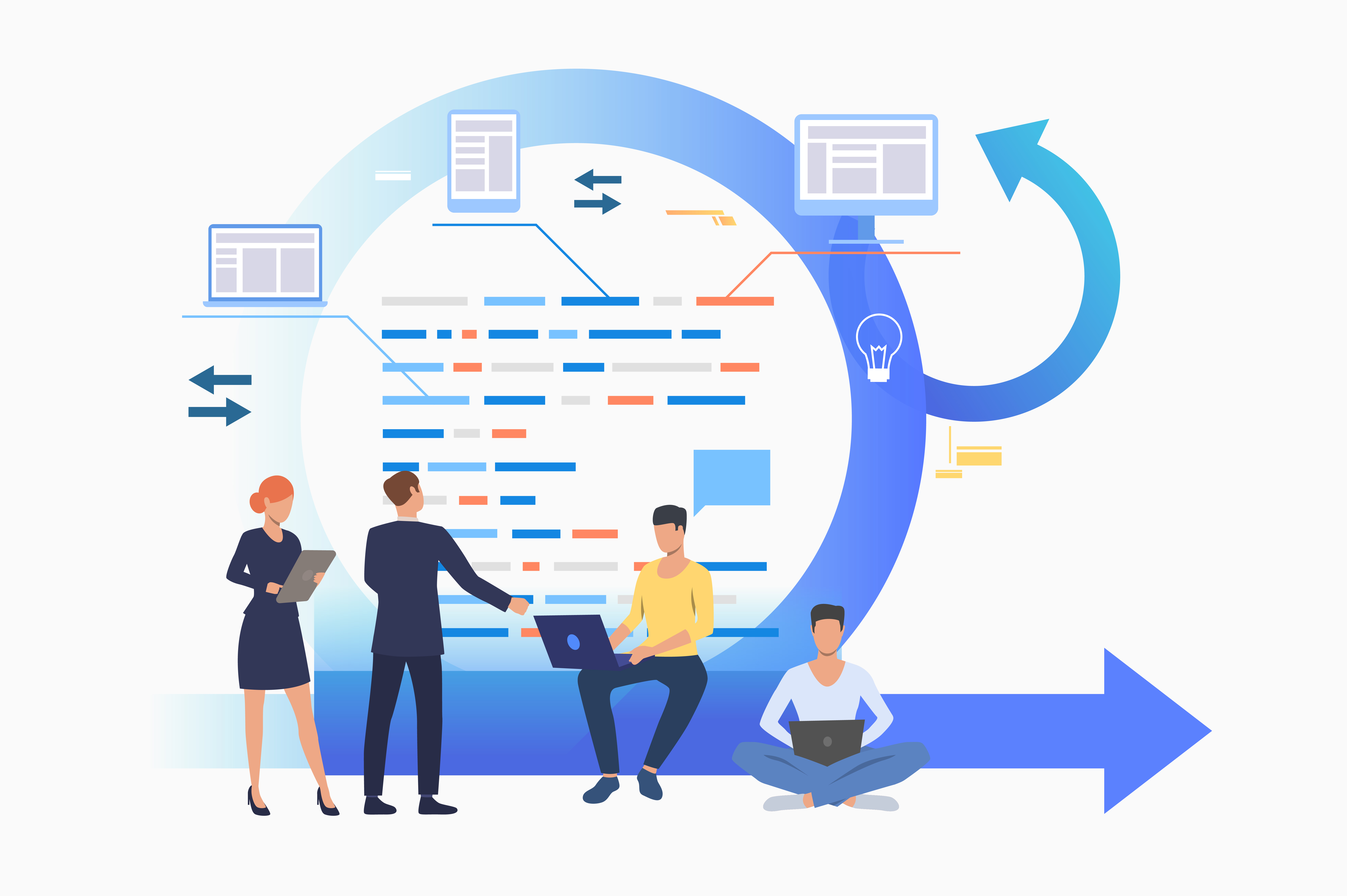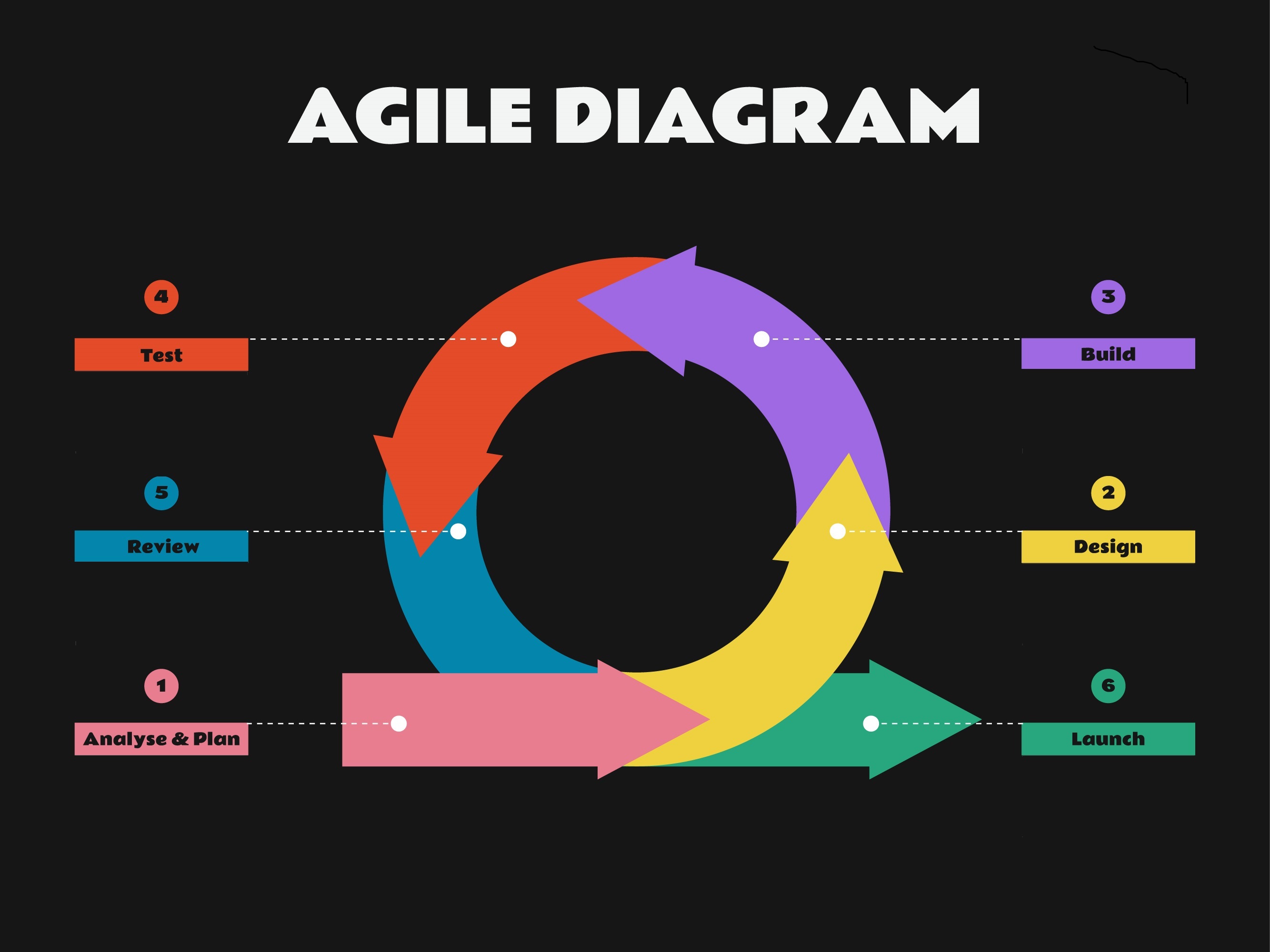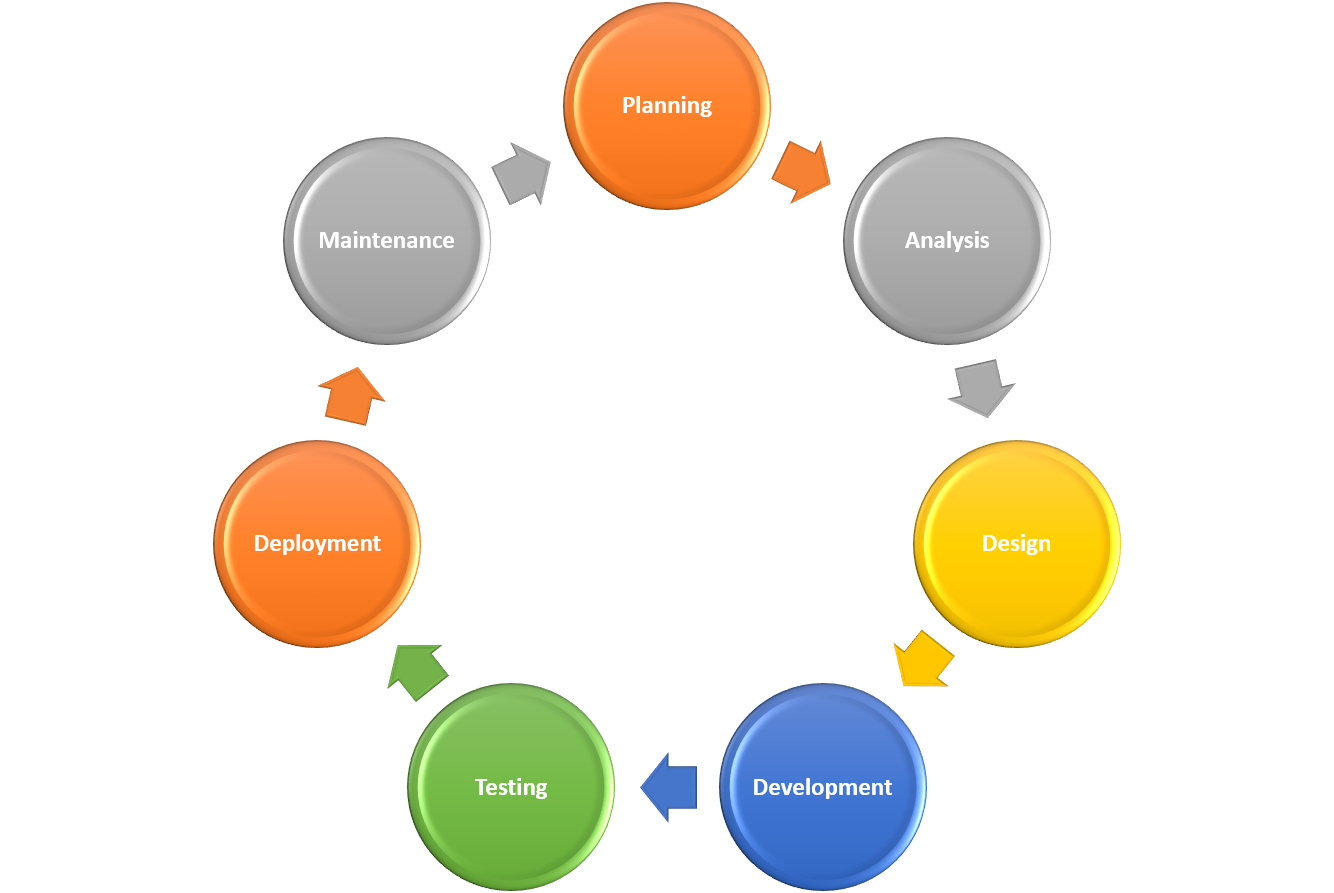Introduction
In today’s fast-paced and dynamic business environment, organizations are constantly seeking ways to improve their project management and software development processes. One approach that has gained widespread popularity is Agile methodology. Agile is not just a buzzword; it’s a powerful set of principles and practices that can transform the way teams work and deliver results. In this comprehensive guide, we’ll explore what Agile methodology is, its core principles, benefits, and how to effectively implement it in your organization.

Understanding Agile Methodology
Agile methodology is an iterative and flexible approach to project management and software development that emphasizes collaboration, customer feedback, and continuous improvement. It emerged as a response to the limitations of traditional, linear project management methods, such as Waterfall.
Key components of Agile methodology include:
=>Iterative Development: Agile projects are divided into smaller iterations, known as sprints, which typically last 2-4 weeks. During each sprint, a usable portion of the product is developed, reviewed, and refined.
=>Collaborative Teams: Cross-functional teams work closely together, fostering better communication and collaboration among team members.
=>Customer-Centric Focus: Agile places a strong emphasis on understanding and meeting customer needs, resulting in products that are more likely to satisfy end-users.
=>Continuous Feedback: Agile projects encourage regular feedback from stakeholders and users, enabling teams to adapt and refine the product as needed.
Core Principles of Agile Methodology
=>Individuals and Interactions over Processes and Tools: Agile prioritizes people and their interactions as the most important aspect of a project. While processes and tools have their place, effective communication and collaboration among team members are essential.
=>Working Solutions over Comprehensive Documentation: Agile values working software over extensive documentation. This doesn’t mean documentation is neglected, but the focus is on delivering a functional product.
=>Customer Collaboration over Contract Negotiation: Agile promotes collaboration with customers throughout the project, allowing for changes and adjustments as needed, rather than adhering rigidly to initial requirements.
=>Responding to Change over Following a Plan: Agile recognizes that change is inevitable, and it encourages teams to adapt to changing circumstances rather than sticking to a predefined plan.
Benefits of Agile Methodology
=>Faster Time-to-Market: Agile development accelerates the delivery of usable features or products, helping companies respond more quickly to market demands.
=>Improved Product Quality: Regular testing, feedback, and iteration lead to higher product quality and customer satisfaction.
=>Enhanced Flexibility: Agile allows for changes and adjustments, making it ideal for projects with evolving requirements.
=>Better Collaboration: Cross-functional teams work closely, fostering improved communication and shared understanding.
=>Increased Customer Satisfaction: Agile’s customer-centric approach results in products that better meet customer needs.
=>Reduced Risks: The iterative nature of Agile allows for the early identification and mitigation of project risks.

Implementing Agile Methodology
To effectively implement Agile methodology in your organization, consider the following steps:
=>Educate Your Team: Provide Agile training and resources to help your team understand the principles and practices.
=>Start with a Pilot Project: Implement Agile in a smaller, less critical project to gain experience and assess its suitability for your organization.
=>Choose an Agile Framework: Select an Agile framework that aligns with your project’s requirements, such as Scrum, Kanban, or Extreme Programming (XP).
=>Build Cross-Functional Teams: Form teams with members possessing diverse skills and expertise.
=>Define Clear Objectives: Establish clear project goals and a product roadmap.
=>Regularly Review and Adapt: Continuously evaluate the project’s progress and adapt your approach as needed.
=>Encourage Collaboration: Foster open communication, transparency, and collaboration among team members.
Conclusion
Agile methodology is not just a trend; it’s a proven approach to project management and software development that can drive success in today’s competitive business landscape. By embracing its core principles and benefits, and by effectively implementing Agile in your organization, you can unlock a world of opportunities for faster, higher-quality, and customer-centric product development. So, if you’re looking to stay ahead in the ever-changing business world, consider making Agile methodology a fundamental part of your project management strategy.


